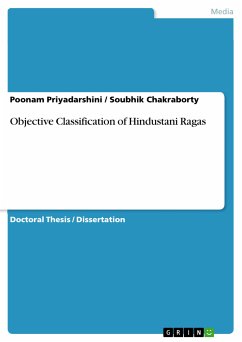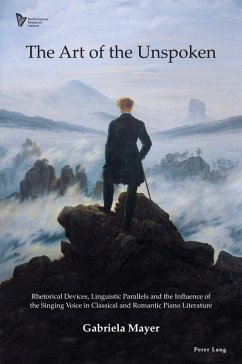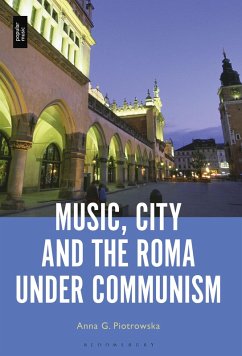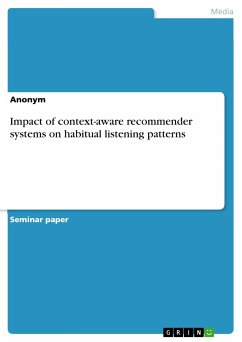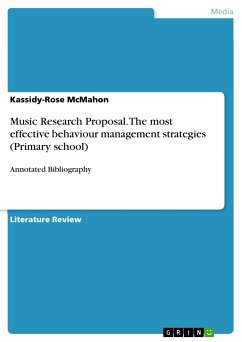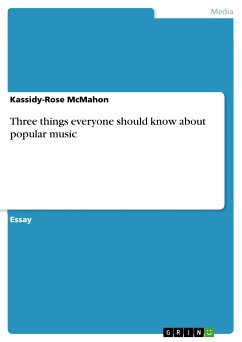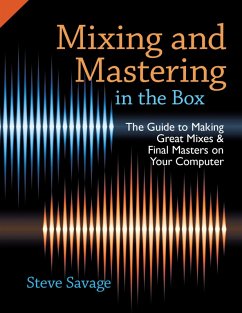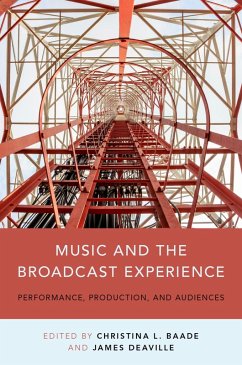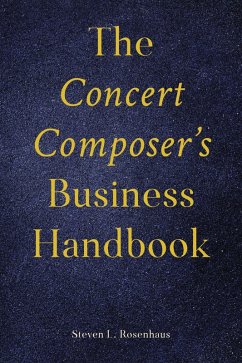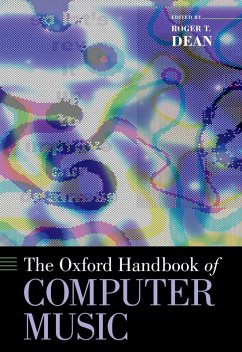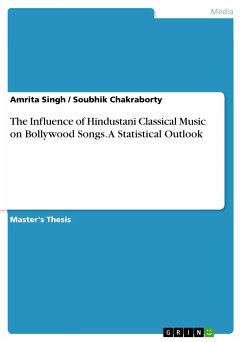
The Influence of Hindustani Classical Music on Bollywood Songs. A Statistical Outlook (eBook, PDF)
Versandkostenfrei!
Sofort per Download lieferbar
Statt: 27,95 €**
18,99 €
inkl. MwSt. und vom Verlag festgesetzt.
**Preis der gedruckten Ausgabe (Broschiertes Buch)
Alle Infos zum eBook verschenkenWeitere Ausgaben:

PAYBACK Punkte
0 °P sammeln!
Master's Thesis from the year 2019 in the subject Musicology - Miscellaneous, grade: 8.5, , language: English, abstract: The present work attempts to study the impact of Hindustani Classical Music on Bollywood in a legitimate manner using a statistical approach emphasizing on statistical modeling of musical structure and performance and other statistical features such as note duration and inter onset interval with a case study in raga Yaman. Any music originates in the society and develops with the changing realities of it. It accepts new and modifies the existing cultural norms in different p...
Master's Thesis from the year 2019 in the subject Musicology - Miscellaneous, grade: 8.5, , language: English, abstract: The present work attempts to study the impact of Hindustani Classical Music on Bollywood in a legitimate manner using a statistical approach emphasizing on statistical modeling of musical structure and performance and other statistical features such as note duration and inter onset interval with a case study in raga Yaman. Any music originates in the society and develops with the changing realities of it. It accepts new and modifies the existing cultural norms in different periods of time. This process of acceptance and rejection makes any form of art exist for long. Inspite of all this, in various phases, Hindustani classical music, being the base of many popular Bollywood songs has helped in their popularity and lifelong existence because of the strong focus on melody. A raga, which is the nucleus of Indian classical music, be it Hindustani or Carnatic, is a melodic structure with fixed notes and a set of rules which characterize a certain mood conveyed by erformance. Hindustani ragas have embraced the elements of several Bollywood songs, which has given these songs a strong impact despite the strong influence of western art music in Bollywood music industry. The present work attempts to study this impact in a legitimate manner using a statistical approach emphasizing on statistical modeling of musical structure and performance and other statistical features such as note duration and inter onset interval with a case study in raga Yaman. It turns out that the same statistical model for both the raga bandishand a song based on the same raga, i.e., Yaman, an evening raga of the Kalyan thaat.
Dieser Download kann aus rechtlichen Gründen nur mit Rechnungsadresse in A, B, BG, CY, CZ, D, DK, EW, E, FIN, F, GR, HR, H, IRL, I, LT, L, LR, M, NL, PL, P, R, S, SLO, SK ausgeliefert werden.




